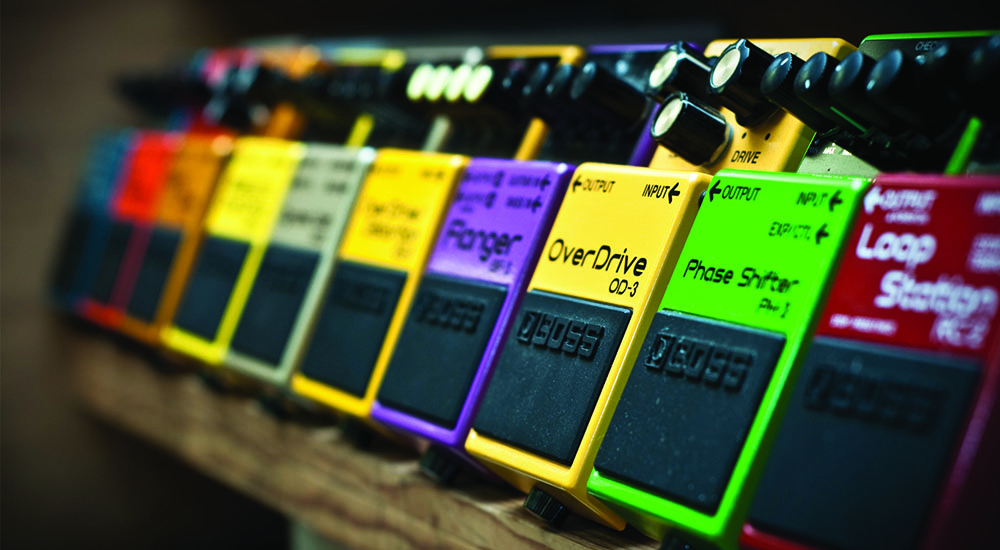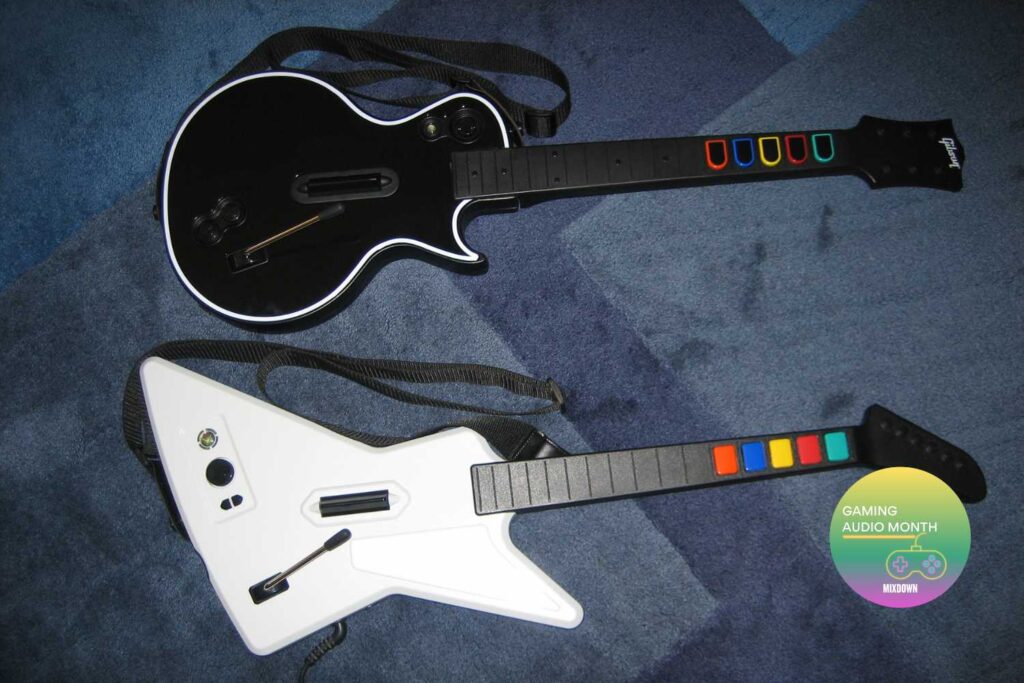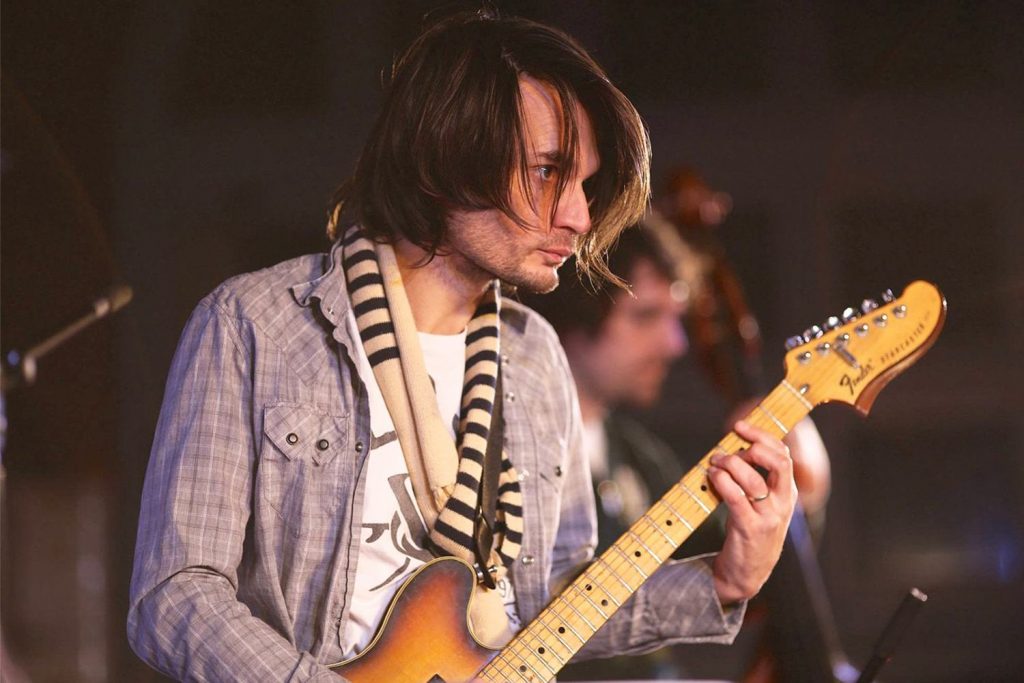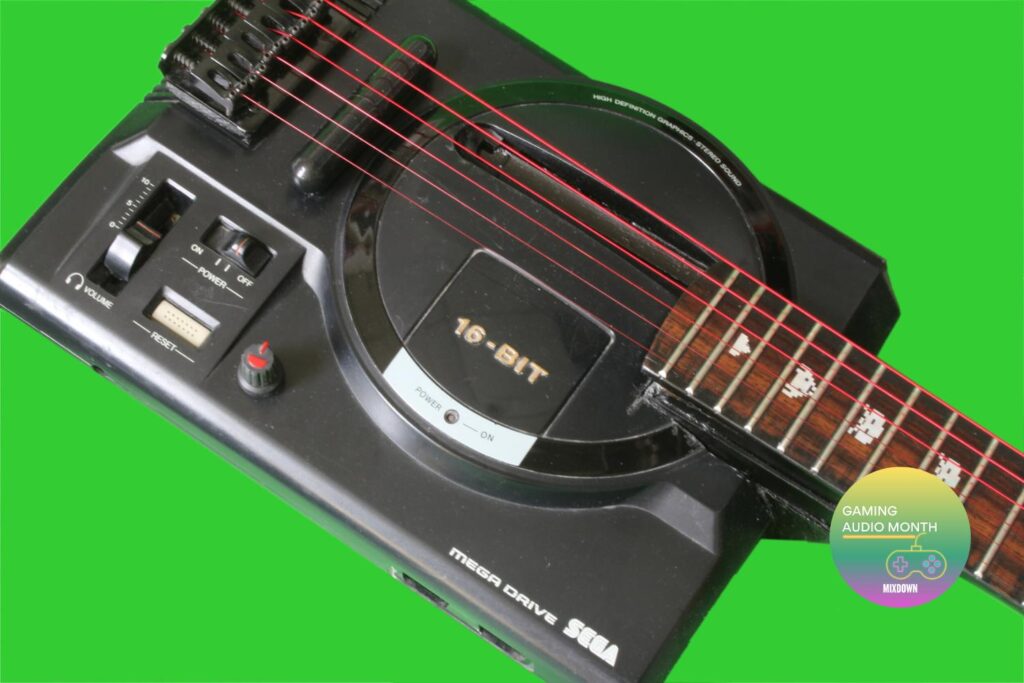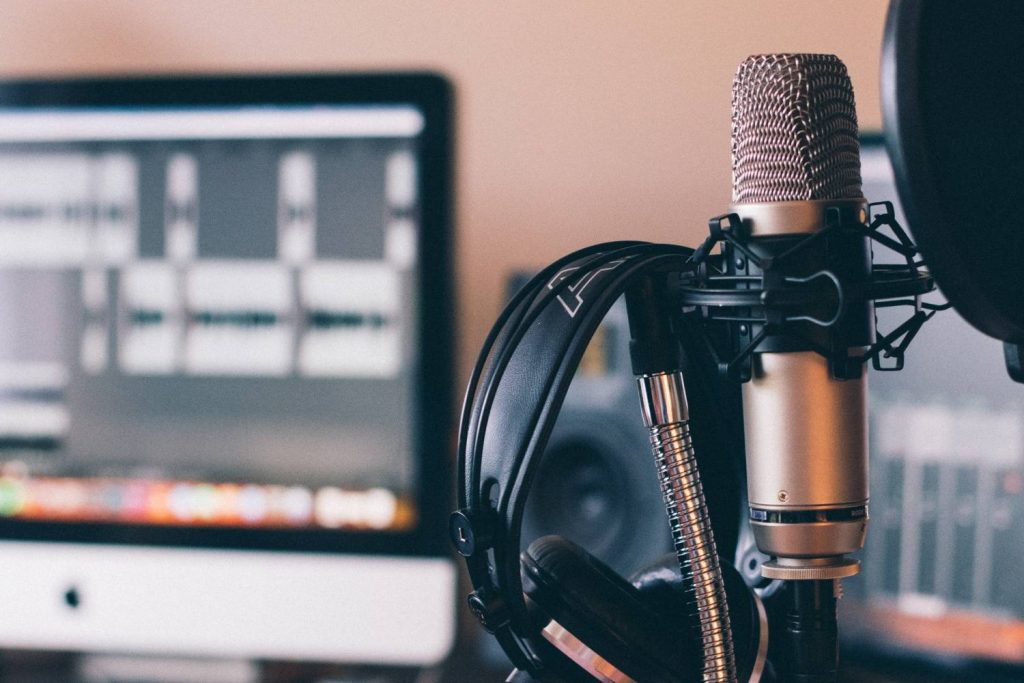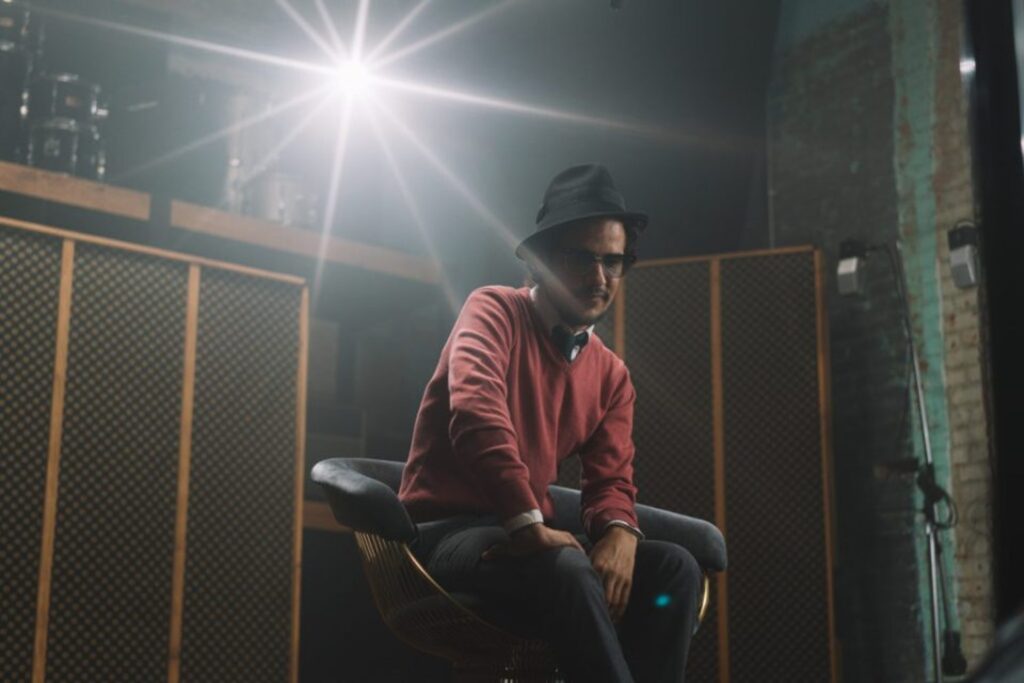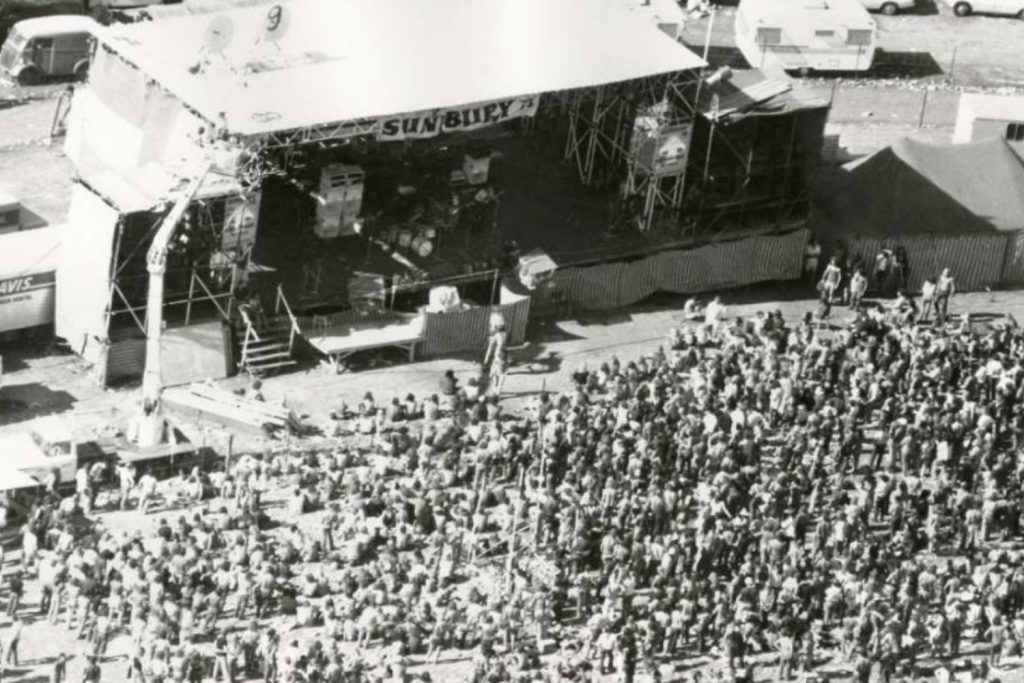To begin with, let’s point out that these are some examples of options rather than a set of rules. The sound you are after is personal choice and may not conform to traditional wisdom. Rule number one, as they say, is that there are no rules.
Tuner
One of the most important components of the pedalboard is the humble tuner. Having your tuner at the start of your pedalboard chain means that you will receive the cleanest signal, which is important for better tuning accuracy.
Filters (e.g. wah)
The general rule is that the pedal that you want the cleanest signal from should be placed to the front of the chain, avoiding colourisation from other pedals that will unintentionally affect your tone.
However, there are no hard and fast rules when it comes to creativity. Gareth Liddiard (The Drones) uses a line 6 POD multi-effects board, which combines his wah, modulation and tuner into one signal, which is then followed by a RAT Distortion. It is all about experimentation, but it is important to remember that the larger your pedalboard chain, the cleaner your signal needs to be.
Compression/Sustain
A compressor essentially acts as the nucleus for your tone, sitting almost in the middle of your chain to both enhance and cut unwanted low and high end sound. The compressor assists in delivering the most from your guitar’s tone and is often paired with sustain to push and prolong desired frequencies.
Distortion/Overdrive
The position of your overdrive pedal really comes down to preference. For example the late Rowland S. Howard (The Birthday Party) used an MXR distortion pedal followed by a graphic EQ stompbox to give those long sustained notes beef and bite. The post-punk innovator’s pedal chain placed less emphasis on maintaining balanced tones and more on assisting his wild performance, placing the MXR at the beginning to emphasise the high end.
EQ
When sculpting your own tone, an EQ pedal is arguably one of your most important tools, particularly if overdrive is being used, as it can provide some much needed definition. The EQ is often placed as the final step before amplification, though often also just before…
Modulation (e.g. chorus, flangers, phasers) and Reverb/Delay
Modulation and time-based pedals such as reverb or delay are essentially used at the end of your chain in order to not muddy the tone by compressing and applying distortion to a modulated signal.
Whether you want to sound like Gareth Liddiard, Rowland S. Howard, or Tash Sultana, the tone you aim for will influence your setup. However, we would suggest starting with this traditional chain setup so as to best optimise your equipment.
